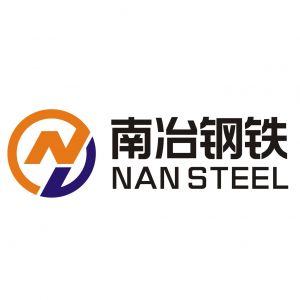Why does cs seamless steel pipe appear residual stress during cold drawingPosted by chase Liu on February 3rd, 2023 CS seamless pipe has a hollow cross-section and is widely used as a pipeline for transporting fluids, such as pipelines for transporting oil, natural gas, gas, water, and certain solid materials. The production of cs seamless steel pipes requires a cold drawing process, and the additional stress in the cold drawing process results in uneven deformation of the seamless steel pipes, which becomes the residual stress after cold drawing. The degree of non-uniform deformation of cold-drawn seamless steel pipe determines the size and distribution of residual stress. The cold drawing deformation of cs seamless steel pipe is determined by its deformation characteristics. Because there is no mandrel in the drawing process, and the thickness of the pipe wall does not change much and then deforms, the deformation conditions are very different from the deformation state of the inner and outer layers of the seamless steel pipe, resulting in uneven deformation. During the deformation process, the metal on the inner surface of the CS seamless steel pipe first enters a state of plastic deformation, and the metal flows along the axial direction without friction. Therefore, uneven axial deformation occurs along the wall thickness direction, causing the natural elongation of the outer layer of the cs seamless steel pipe to be significantly lower than that of the inner layer. In this way, the generation of additional axial and tangential tensile deformation and additional stress reaches the maximum in the outer layer of cs seamless steel pipe. On the contrary, the additional compressive deformation and the CS seamless steel pipe produced in the compressive stress layer also reach the maximum value, and the additional stress becomes the residual stress and remains in the pipe after deformation. CS seamless steel pipes are widely used. General purpose seamless steel tubes are rolled from ordinary carbon structural steels, low alloy structural steels or alloy structural steels with the highest yield, and are mainly used as pipes or structural parts for conveying fluids. Compared with the welded pipe, the steel pipe is lighter in weight when the bending and torsional strength is the same, and it is an economical section steel. The production process of cs seamless steel pipe manufacturers can be divided into two types: cold drawing and hot rolling. The production process of cold-rolled seamless steel pipes is generally more complicated than that of hot-rolled steel pipes. The tube billets are firstly subjected to three-roll continuous rolling, and then sizing tests are performed after extrusion. If the surface does not respond to cracks, the round pipe will be cut by a cutting machine, and cut into a billet with a length of about one meter. In short, the uneven deformation of the cs seamless steel pipe after drawing leads to a large residual stress of the cs seamless steel pipe. Therefore, reducing the residual stress drop after cold drawing is an effective way to avoid longitudinal crack damage. Like it? Share it!More by this author |


